Kalamandalam Devaki made history six decades ago by becoming the first female to dance Kerala’s Ottanthullal as a professional. A look at her career on International Women’s Day.
The girl had appeared at Kalamandalam for a course in classical dance but authorities rejected the 11-and-a-half-year-old’s application, citing “over-age” (by six months). Disillusioned, she and her father were about to return home when an elegant-looking man approached them and engaged in a conversation. His intervention helped the candidate enrol in the institution — as a student of Ottanthullal. A year later, Kalamandalam Devaki became the first female performer in the history of the feudal form that presents humour-tinged classical poems as folksy solo dance.
Sixty years have passed since the debut. The happy twist happened following an inspiring tip from the person, who Devaki soon realised was top chenda percussionist Krishnankutty Poduval. “If you are capable enough, you can master any kind of dance,” he told her, after a chat with his friend — musician Kadambur Damodaran Nair, Devaki’s father.
Like the dance course, Ottanthullal required four years for completion. Devaki’s 1960-74 batch had five other students. The teachers were titans: Malabar Kannan Nair and Kalamandalam Divakaran Nair. For music, there was N K Vasudeva Panikkar. Sanskrit scholar Kummini Vasudevan Namboodiri taught literature.
The daily classes were spread across sessions from 5 o’clock in the morning to 8.30 pm. Devaki would stay in the hostel meant for female students of classical dance.
In 1961, Devaki had her arangettam. “The story was Pathracharitham,” she recalls, referring to the Mahabharata episode where Krishna saves Pandavas and their wife Draupadi in the forests from a possible curse from short-tempered sage Durvasa who suddenly appeared for lunch when there was no food left.
From the debut for a decade, Devaki had been a regular with Kalamandalam troupe’s Ottanthullal, busily performing and winning appreciation.
Kathakali stint
In her autobiographical work, Devaki notes her simultaneous association with other dance forms in her prime. They included the ‘shadow dance’ by Tripunithura Gopinath and the indigenous ballet by Irinjalakuda Paramasivan, besides the shows by Mohiniyattam danseuse Kalamandalam Kshemavathy, she trails off in the 2014 Malayalam memoir titled Manodharmam.
“Alongside these, I was part of certain dance shows initiated by the central government as part of cultural exchange programmes,” Devaki notes, citing performances in the Kashmir Valley and Ladakh following the 1962 India-China war. “I have also been part of the Republic Day pageantry.”
As life went busy in the 1960s, top officials in Kalamandalam thought Devaki should learn a bit of Kathakali. Killimangalam Vasudevan Namboodiripad, the superintendent of the institution, shared the idea with Poduval, saying the youngster’s Ottanthullal can gain sheen if she was acquired some skills in the much heavier dance-drama. They proposed the matter to maestro Ramankutty Nair. He agreed.
Along with Kalluvazhi Vasu, a Kathakali student of that time, Devaki began receiving training under Nair. She eventually performed as a weighty role: Lalita in the choreography-dense Kirmeeravadham play. Opposite her as Panchali was Vasu, a little boy those days.
In the subsequent years, Devaki also performed as Pootana (in disguise as a pretty woman in Ambadi, deputed to kill little Krishna) and Keshini — the resourceful maid of heroine Damayanti in Nalacharitam. Opposite her once was the legendary Kalamandalam Krishnan Nair and Kottakal Sivaraman.
When she was 24, Devaki married a percussionist known to her from their alma mater. Maddalam exponent Kalamandalam Narayanan Nair became her husband in 1972.
Off to Ahmedabad
“One of the famed names in art circles during the childhood days was Darpana Academy of Performing Arts. And its founder Mrinalini Sarabhai, the dancer,” recounts Devaki. Adding reason to it was her paternal lineage tracing to Thichoor, also the village of Mrinalini’s colleague Kavungal Chathunni Panikkar.
After marriage, Devaki and Narayanan Nair got job in Darpana at the Gujarat capital. At the institution on the banks of the Sabarmati, she got a chance to learn Bharatanatyam under Chathunni Panikkar besides Kuchipudi from C R Acharya.
Devaki always found it meaningless to classify Ottanthullal as a male art. “If men can perform it, so can women. I have been in the field for 60 years. I never faced any discrimination as artiste — from the organisers, spectators or colleagues,” she says. It’s another matter that she, in her formative years, faced streaks of ridicule from society and even some fellow artistes. But the institution backed her fully.
In 1974, though, after becoming the parents of a boy, the couple returned to Kerala. The comeback also prompted the artiste to return to Ottanthullal, much to the applause of elders. In 1980, came the golden jubilee celebrations of Kalamandalam. There Devaki performed her favourite Kiratham, arguably the most challenging story in Ottanthullal repertoire.
Months later, Devaki became part of Kalamandalam’s first team that presented Ottanthullal abroad. The media hailed the shows at Paris, where Kalamandalam Geethanandan, too, was part of the troupe.
From 1981, Narayanan Nair taught maddalam at Kalamandalam for 22 years till he retired in 2003. Ottanthullal, since Devaki’s emergence, has yet to find strong female successors. “Many leave the field after marriage,” shrugs Devaki. “The world of art and Kalamandalam must strive to bring them back.”

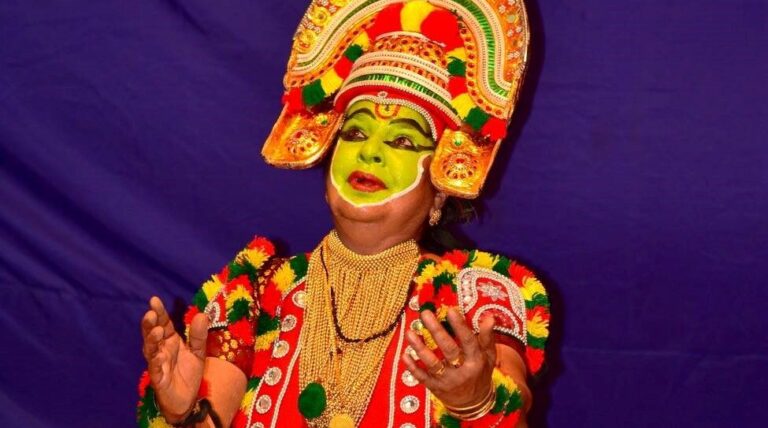
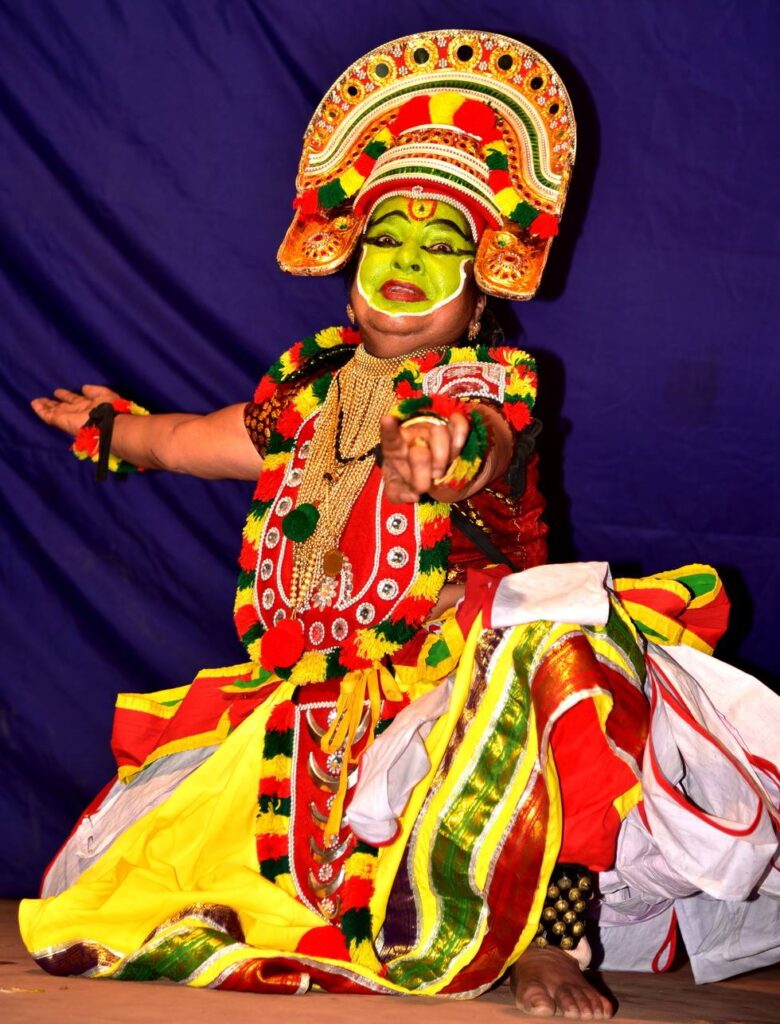
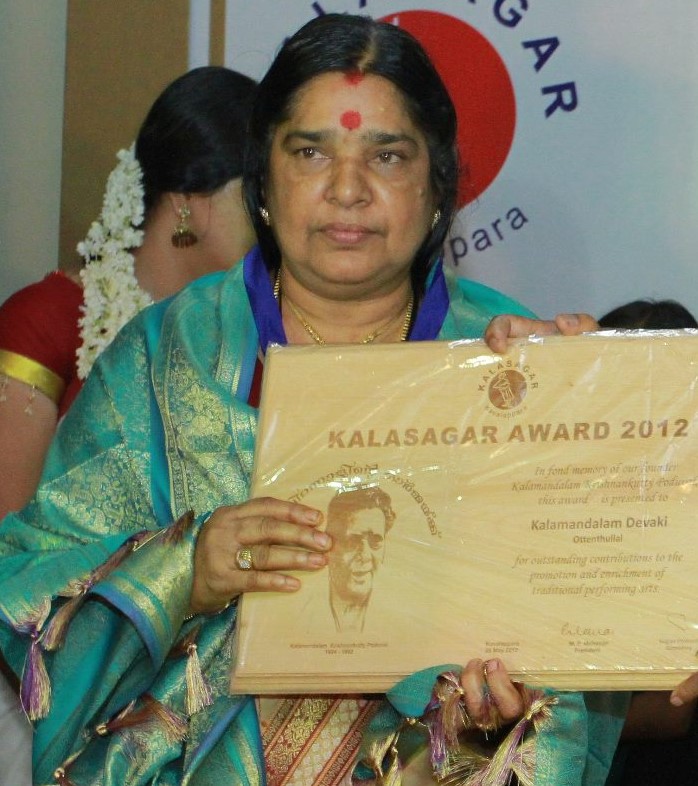
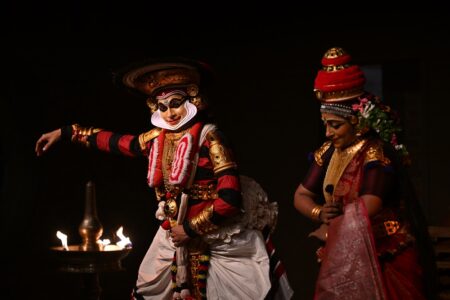
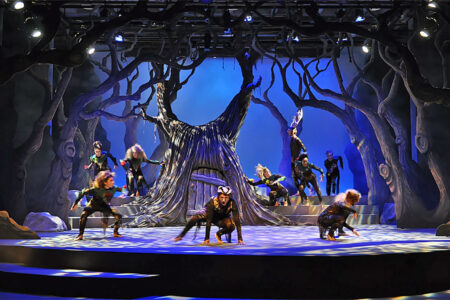
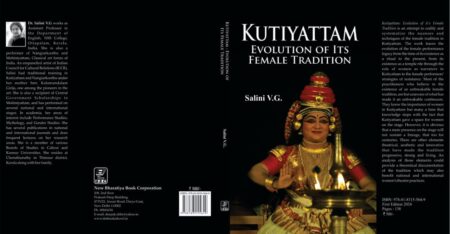
3 Comments
A well written narration about Ottan Thullal artist Kalamandalam Devaki who strived hard in her childhood days to come to the forefront in this performing art. Inspite of several fumblings and fallings on her path Devaki could conquer the high position in her art field with dedication and will-power. Thank you Sreevalsan for well exposing this Ottanthullal female artist…
Ottamthullal
Excellent narration.